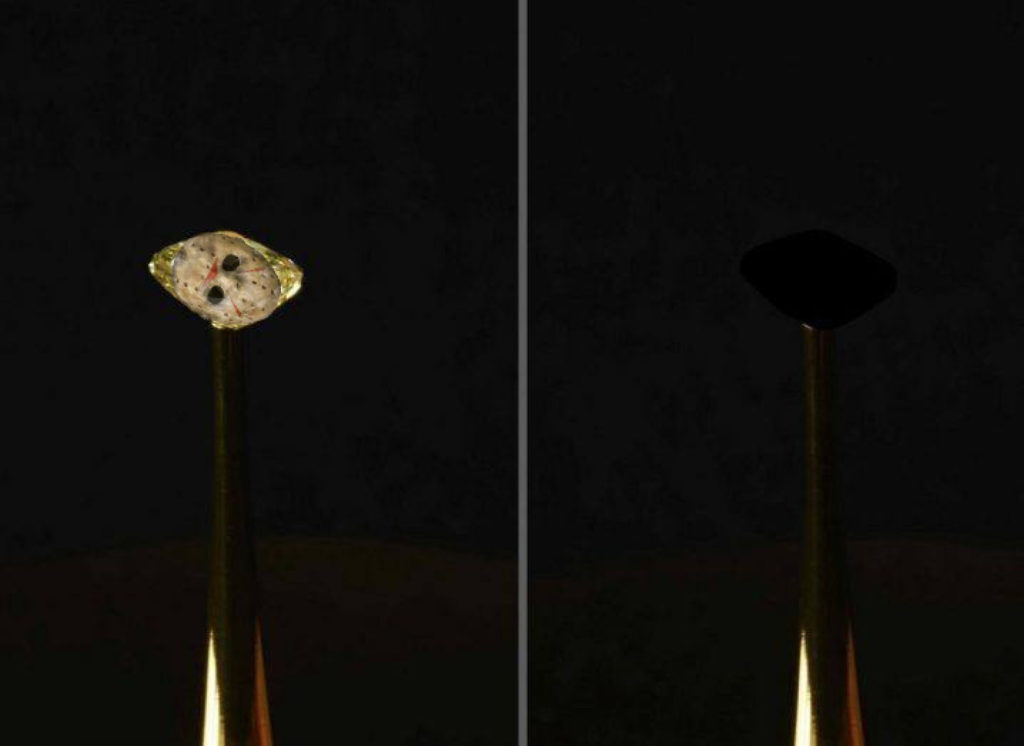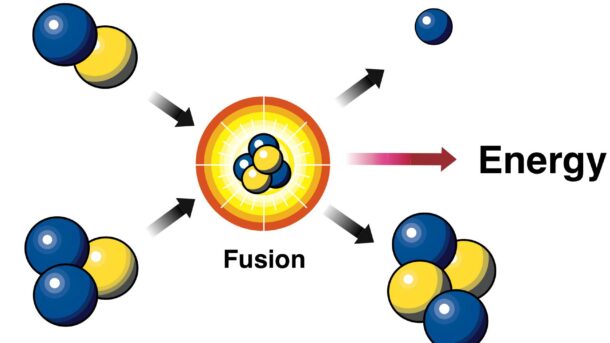This story is a perfect example of how science makes leaps without actually doing any of the research.
Here is a story about what the brain does when changing focus or losing attention; you can call it anything you like. The study was conducted on humans…oh wait…it wasn’t.
When your attention shifts from one place to another, your brain blinks. The blinks are momentary unconscious gaps in visual perception and came as a surprise to the team of Vanderbilt psychologists who discovered the phenomenon while studying the benefits of attention.
This is not about the human brain. It is about what they saw in an animal’s brain.
The research was conducted with macaque monkeys that were trained to shift their attention among different objects on a display screen while the researchers monitored the pattern of neuron activity taking place in their brains. Primates are particularly suited for the study because they can shift their attention without moving their eyes. Most animals do not have this ability.
Science means data which means accuracy to me. Those things have to be important for the process to work properly. There was a time when scientists didn’t report on something until their testing was completed.








































